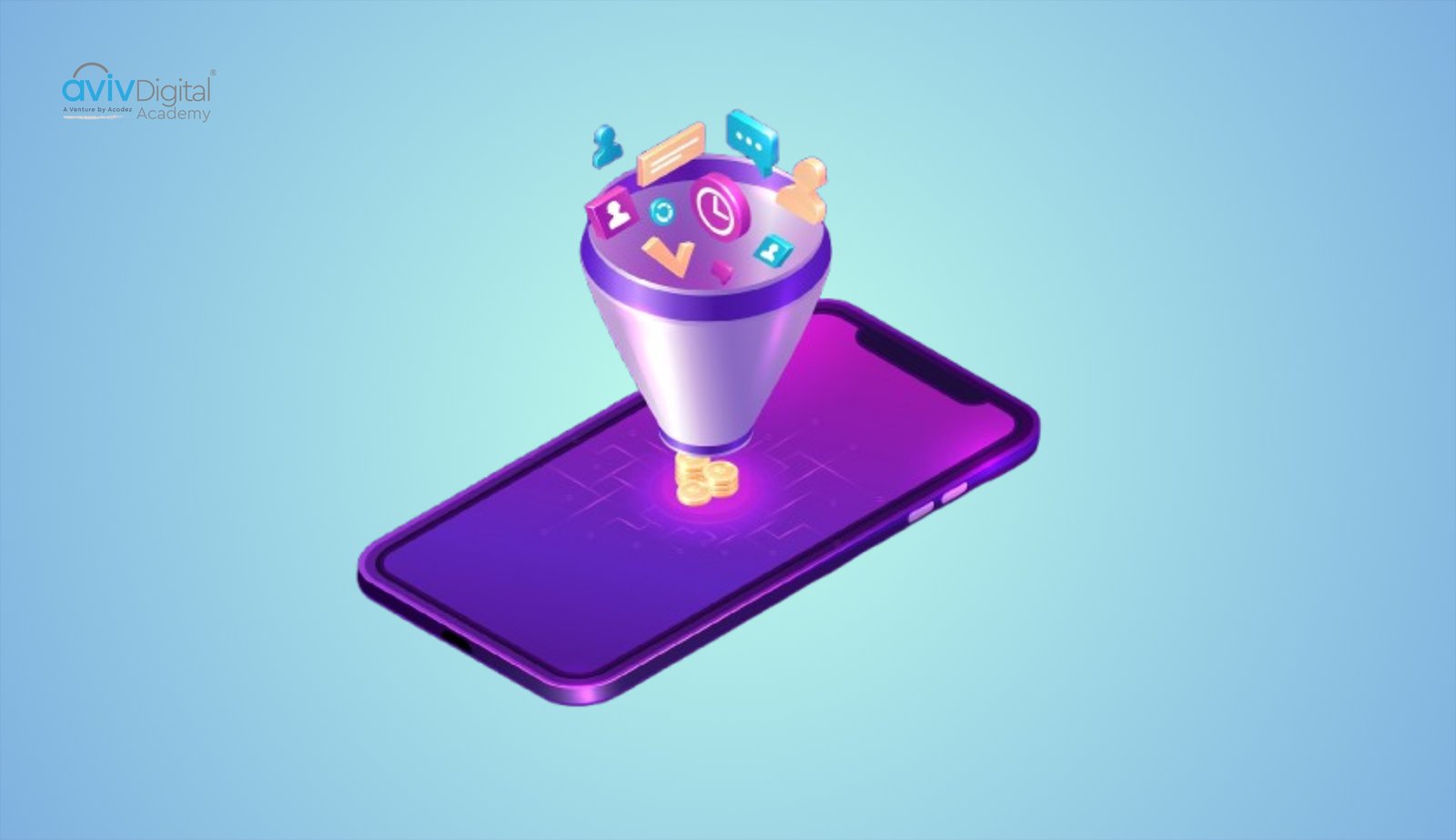
What matters today is that businesses take up crucial efforts in UI/UX for their websites and mobile applications. This decision is due to the awareness that users are the centre of the impressions that they have to make. To create one “first impression”, it takes more than magical hands, that is, UI/UX designers who have to put out a table for usability as well as aesthetics to attract the target audience and also the majority of users as possible it can be.
We are here to peek at a very different topic that specifically aims to help you understand the role of UI/UX design in user engagement and conversion.
What is UI/UX Design?
Normally, this kind of designing starts with the desire to keep the websites and their mobile versions well-designed and makes room for usability.
Being more specific about this design, you’re more likely to hear key skills like information architecture, design thinking, wireframing, prototyping, typography and colours, and prominent UI/UX design tools like Figma & Adobe XD.
Thus, UI/UX design becomes important in the sense that these key skills can help you make a first impression on the users, and as a UI/UX designer, your role generally revolves around user-friendly interfaces and enhancing them all along.
If you’re passionate about learning UI/UX design further, enrol for one of the best UI/UX design courses in Kochi.
Why is UI/UX Design Essential for Businesses?
We had pointed out that users’ say decides the brand’s digital presence. As we cannot argue the kind of interface and experience that meets the users’ expectations, there are key components which has to be considered so that users can see for themselves:-
- Completing the desired actions.
- Diverts their attention to the interface.
- Builds reliability and trust.
A design that caters to these points sets a good example of user interface and experience. As users take their first step slowly, businesses could finally understand why their bounce rates have risen, how conversions can be done, and finally, their performance and professionalism as a brand. Thus, user engagement and conversion rates are highly connected to UI/UX design, and we shall let you know the reason why UI/UX design is crucial for it.
Significance of UI/UX Design in Engaging Users
For engaging the users, UI/UX design is concerned with eliminating any issues while users interact and navigate around the website or mobile apps. So it’s essential to ensure they don’t feel confused or frustrated seeing things they don’t get stuck on so much. When users don’t have to think more about how to use an app or website, they will explore and get along with the features as much as they can and return. This builds the foundation for user engagement for the businesses and confidence among the users.
What are the UI/UX design strategies to maintain and boost user engagement?
User engagement is particularly about the navigation and interaction that users expect, which makes the first impression. We mean it, because as long as users are engaged, there’s a possibility that they get encouraged to complete certain actions. Certain elements constitute user engagement:-
1. User Psychology
User research is vital because it provides a clear understanding of user preferences, behaviours, and pain points. Through methods like surveys, interviews, and user personas, designers can make informed decisions rather than relying on assumptions. Since every user interacts and responds differently, designing without this insight risks itself with actual needs. Effective user research ensures that the UI/UX is built around real-world expectations, allowing for interfaces that truly resonate and engage.
2. Intuitive Navigation
Instead of putting users in a “figuring out” mode, it is better to ensure a clear path to navigate and reach their desired pages. The buttons, options or links to different pages shall be very specific and clear so that they don’t affect them in exploring your app or website. If possible, arrange navigation that can enable them to reach there soon, rather than making them wait for five long minutes.
3. Positive Emotions
UI/UX design is capable of letting users feel happy when most of the times they don’t expect a good interface, mingling with users in a particular way. Colour, typography and imagery are sources of evoking emotions for the brand and once done, users would be positive enough to visit again and then complete the purchase. One such example is Amazon, where users will be able to see a dog if they ever turn off their network connection. Apart from feeling that emotion of turning off the network, there’s a high chance of our emotions being neutralised or even happy. That’s how it works!
4. User Feedback & Improvement
User feedback is quite essential to implement further enhancements. Utilise channels where users can give you their feedback. After all, what you design is user-centred, so their requests as inputs are useful for optimising the designs at the right time. Apart from the surveys or usability testing, you can also rely on analytical tools to have a good idea of the relevant metrics.
5. Iterative Design Process
User engagement is an ongoing process, and an iterative design approach can only assist you in driving those strategies evolved with user needs. As a part of this approach, you have to brainstorm suitable methodologies, and thereby use skills like prototyping, user testing to see how the designs relate to the users.
6. Microinteractions
Microinteractions are one example of ensuring responsive web designs. If you ever click on a certain button, like a post, or receive notifications, you may have seen subtle animations over them, even if they look small. The animations that appear when you pull up to refresh an app, or the gentle vibration when a message is sent, confirm that an action has been taken in a responsive interface. Simply, these animations add personality and satisfaction to simplify the tasks and help guide user behaviours. Thus, users are more likely to remain engaged in that interface, leaving a positive impression of it.
Significance of UI/UX Design in Improving Conversions
Engaging the users is one side of UI/UX designing. Of course, the businesses would expect something that follows their lead, too. It is indeed their wish to upgrade their visitors to subscribers and customers, considering the amount of investment they are putting into it. UI/UX designers should take care of certain aspects easier to use and complete the action without confusion for users.
What are the UI/UX design strategies to improve conversions?
The actions to be completed are either signing up for a service, product purchase, or filling out a form. These actions directly affect the conversions, and they determine the state of efforts and results. If conversions are in a bad state, then the only way is to improve them, and among several ideas to solve them, UI/UX design is one of them. As a result, UI/UX designers are tasked with making the conversion journey further easily accessible and completed.
It should be understood that user engagement also follows the conversions, and what we have discussed in the previous section. We will be discussing here the UI/UX design strategies that it is crucial for conversions.
- As users are in a hurry to find what they are looking for, if it is about making a purchase, buttons or navigation set for it should be quite clear and understandable.
- Call-to-actions(CTAs) are significant as they catch the attention of users directly and strategically. Words like “Get Started”, “Book a Demo”, or “Buy Now” encourage users to take their next step forward rather than continuously look for such links.
- Users most often use smaller screens like smartphones or tablets instead of a desktop to continue with their activities, thus maintaining a consistent experience across all devices becomes essential. Thus, a responsive design is the utmost priority if conversion is prioritised by businesses.
- Visual elements are the next thing that can communicate the value of a product at the right moment. As users would feel positive about the images, graphics or animations that have been enabled, they feel the right platform to be a customer.
- Complicated forms have no space when it comes to conversion. For the sake of knowing customers, you can’t always keep collecting data, and to note, users don’t feel good about this. If they ever find a form with only necessary data, avoiding repeated data by autofill, having features like progress indicators and inline validation could make them smoothly complete the form.
- Initiate visual or verbal feedback, including confirmation messages, subtle animations, or success checkmarks, so that users also feel confident in the actions they have taken. It also reassures them to engage with your app or site again.
alsoRead
Best Known Examples for UI/UX Learners Should Know
As someone who aspires to UI/UX designing in their career, there are certain examples to refer to and understand why UI/UX design is crucial for user engagement and conversions. The answer is simple, i.e, to find instances of user-friendly interfaces all along, and some of them are as follows:-
- Zomato → Easy to search, scroll, and find food with clear images and simple filters.
- CRED UPI → Clean design with smooth steps that make paying and earning rewards feel quick and fun.
- Netflix → Simple layout that helps users find shows fast, with smart suggestions and easy navigation.
- Google Maps → Clear directions and smooth interactions help users find places or routes without any confusion.
Final Words
As our words end here, let’s summarise what we have discussed in this article. We have briefly explained what UI/UX design is, its essentiality for businesses, and explored the significance of UI/UX design for engaging users and improving conversions. We have also pointed out some examples that could also be useful for you to get the best idea of UI/UX designing.
Aviv Digital Academy is one of the leading UI UX Design courses in Kochi. We offer a comprehensive curriculum designed to equip you with the skills and knowledge necessary to thrive in the design industry. Our programs provide a comprehensive Guide to become a UI/UX Designer, For more details, Contact us at: +91 8156998844








